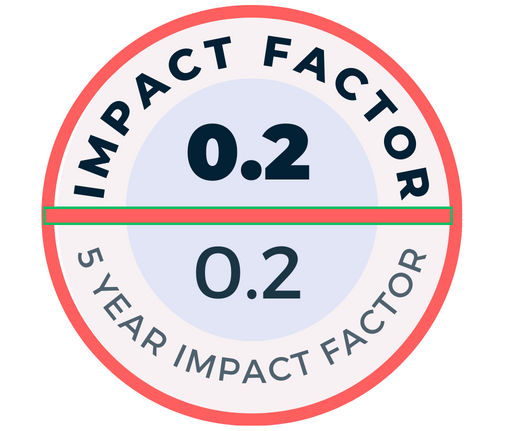OBJECTIVE: The aim of our study was to compare the efficacy and safety of pancreas transplantation concomitant with renal transplantation (SPKT) or following renal transplantation (PAKT) and the exocrine anastomosis methods, enteric versus bladder anastomosis.
MATERIAL and METHODS: We included 44 patients who had pancreas transplantation between February 2003 – November 2009 in our center (SPKT and PAKT, 20- 24 patients respectively; enteric and bladder anastomosis, 31-13 patients respectively). The patient and graft survivals, blood glucose regulation parameters and complication rates were compared.
RESULTS: Patient and graft survival, reoperation necessity and other complications were similar in both types of pancreas transplantation and exocrine anastomosis methods. But blood glucose control was better in SPKT and enteric type anastomosis.
CONCLUSION: Blood glucose control is better in patients with pancreas transplantation performed concomitantly with renal transplantation and with enteric anastomosis.

.png)



.png)
